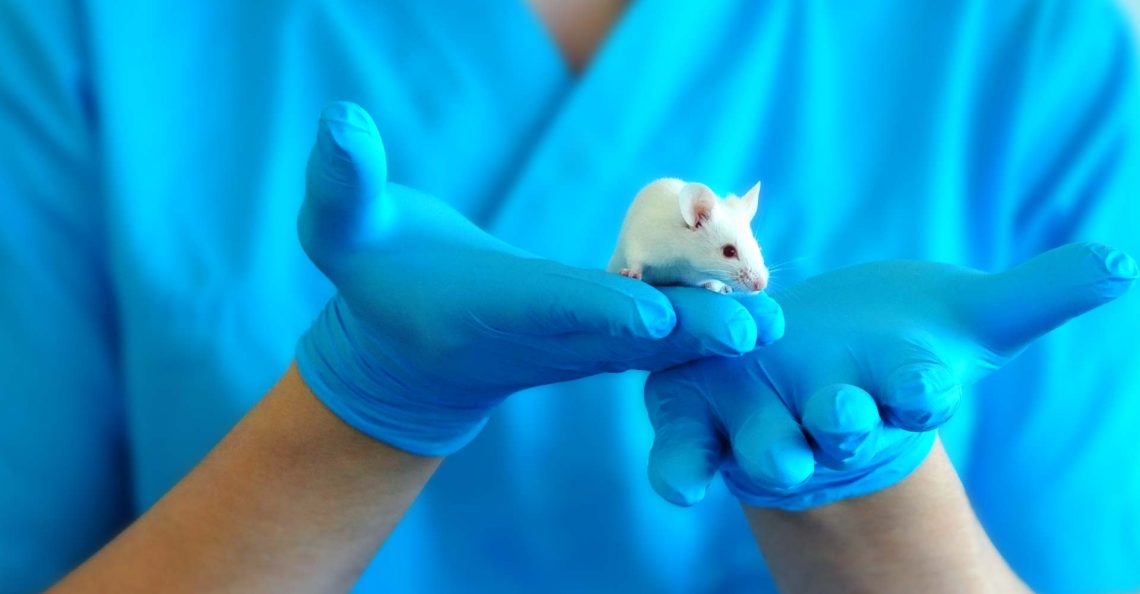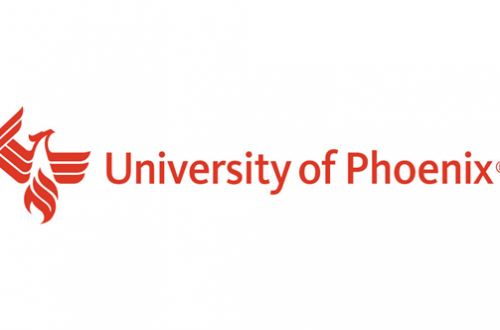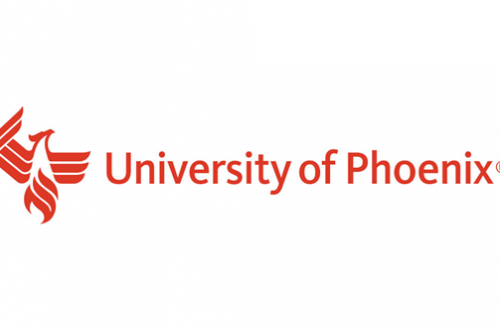Transgenic animals are engineered to contain foreign DNA in their cells. The main aim to produce transgenic animals is to introduce genetic material into the genome of an organism to generate new traits.
Such animals are created with the aim of manufacturing life-saving pharmaceuticals in their milk in order to serve as disease models to emulate some human disorders to supply organ donors for transplantations or serving as food. When transgenic animals are created, DNA genes should be manipulated. For instance, a human gene that encodes for a pharmaceutical enzyme is introduced into the genome of a mouse as a result the mouse produces that drug. With the aid of genetic engineering procedure referred to as recombinant DNA technology, DNA is altered. It was developed first in the early 1970s by Herbert Boyer, Paul Berg and Stanley Cohen.
These methods are already in use in diverse entities such as fish, mice, microbes (bacteria and fungi), plants. The technique includes ligating a DNA fragment that encodes the transgenic into a vehicle namely the plasmid vector used to amplify DNA. Plasmids are small circular pieces of DNA present in bacteria that can quickly replicate in the cytoplasm to generate many copies of the DNA cloned. This DNA is then purified from the bacteria, and introduced into the host.
To extract a fragment of human DNA which encodes the transgene, the restriction enzymes are utilized that serve as enzymatic scissors slicing through the DNA as particular recognized sequences. It permits the DNA insert to be adjusted into the vector in the accurate position. Once the DNA is extracted, a ligase enzyme which serves as a DNA glue is utilized to seal off the two pieces of DNA thus creating the recombinant DNA molecule.
Method to create Transgenic animals
There are several ways using which transgenic animals can be created, such as –
- Microinjection of DNA into the male pronucleus
- Microinjection of DNA into ES cells
- DNA Homologous recombination
- DNA Viral Delivery
Microinjection of DNA into the male pronucleus
Of all these methods to create transgenic animals, pronuclear microinjection is the most relied on and successful one. This was the first technique which was successfully carried out in mammals.
A pronucleus is the nucleus of the egg cell or sperm cell before it fuses together to turn into a fertilized zygote. With this method, scientists clone the DNA into a vector like the plasmid then harvest newly fertilized eggs before union with pronuclei. Then, DNA is inserted into the male pronucleus with the help of a microsyringe. Once the two pronuclei unite to turn into the nucleus of the new zygote, cells start to divide. The embryo is classified as a blastocyst after a few days of growth and division.
The blastocyst is introduced into the pseudopregnant foster mother, who in turn is prepared to receive the embryo by mating with the vasectomized male. Once pups take birth, they are analyzed to find the transgene incorporated into the genome.
Even though the pronuclear microinjection is the most widely used technique, it still is a random process. There is no control when the transgene integrates into the host genome or if it will integrate at all. Hence, not all the offsprings have the expressed transgene. It can take place if genes locate themselves in a site of DNA that is not usually expressed. The technique hence could be functional in many species as a result is a significant reason it is popular. This was a brief on animal husbandry. Learn next about animal husbandry. Alternatively, consider subscribing to BYJU’S YouTube Channel to learn concepts in the most effective and interesting way.






